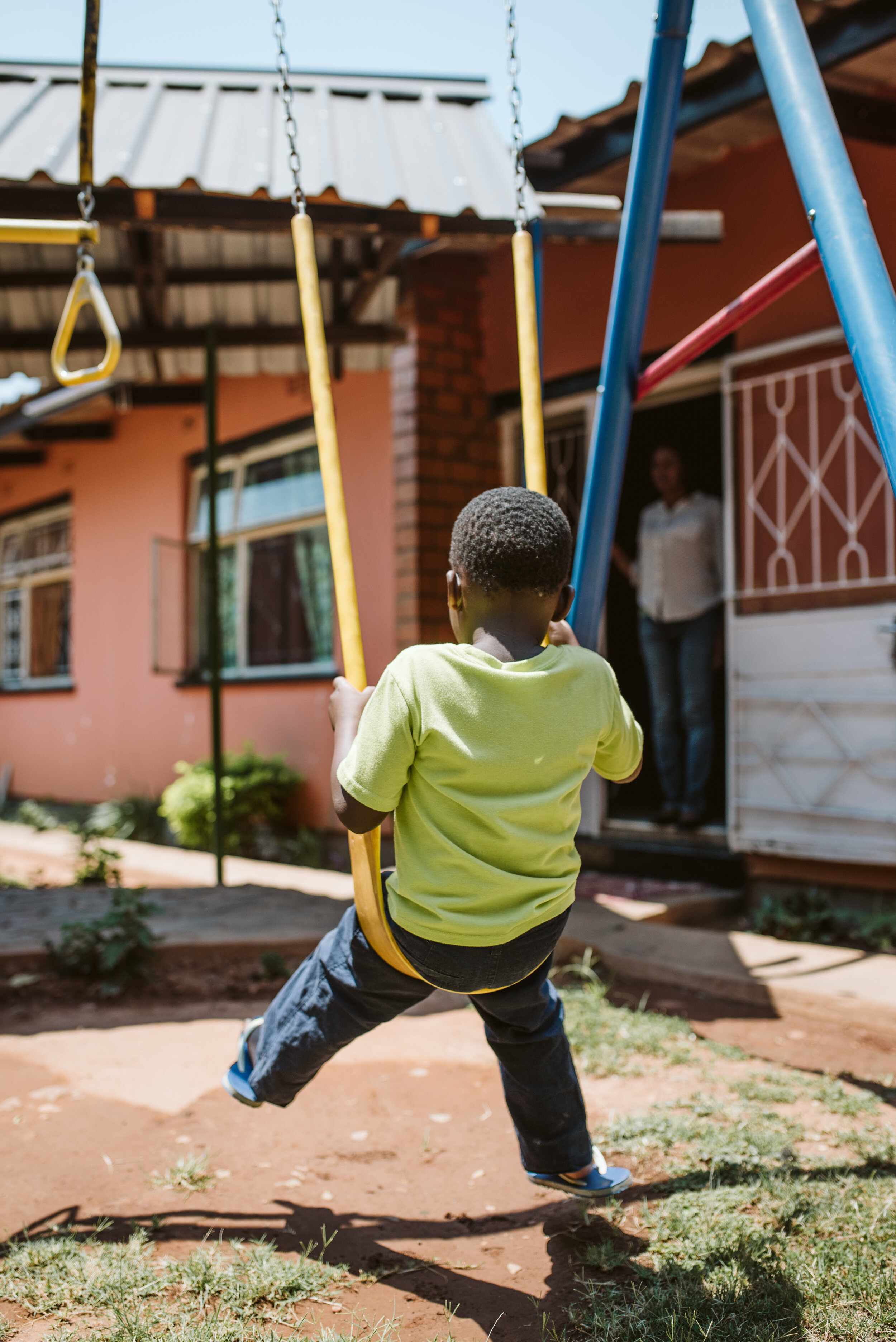Eight million children live in institutions worldwide.
80% of them have living biological family members.
The reason? When mothers and caregivers face extreme poverty, illness, or social exclusion, they may feel compelled to give up their children as a life-saving act. But studies show that institutionalized children do not develop the secure attachments needed to form a healthy sense of self and trusting relationships. Instead, institutionalized children face lifelong higher risks of exposure to illness, abuse, and poverty compared with children raised in secure families. That is why our programs protect children in crisis, and restore them to family as soon as possible.
ACE TRANSITION PARTNERS
ACE Transition Partners is the consulting arm of Alliance for Children Everywhere. We guide institutions transitioning to family-based care.
Our consulting team provides services to organizations during their transition to family-based care, with custom plans tailored to the specific institutional, social, and political contexts in which our partners operate.
























